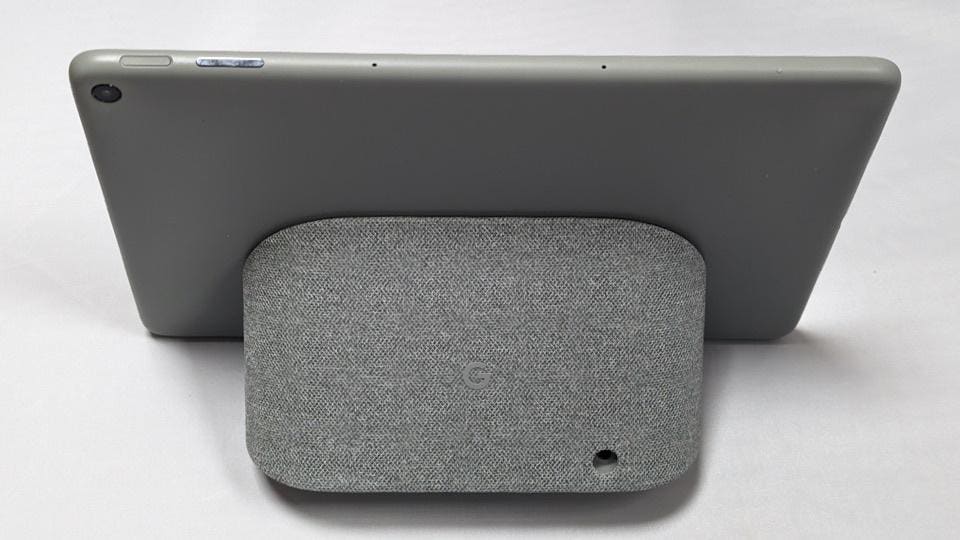Google’s Pixel Tablet has been the standard bearer for a wave of new Android-powered tablets from numerous manufacturers. The next challenge is to create a rewarding ecosystem for developers. But the latest app store data suggests there’s a long way to go.
Android tablet owners, whether current or prospective, want to see their favourite apps on their new devices. If those apps aren’t there, buying into the Android tablet ecosystem will be harder to justify. And the only way that happens is … and I’m going to go back to Steve Ballmer now…. “Developers, developers, developers.”
Developers need to code their apps for Android tablets, be happy to support them, and provide something more to the experience than just simple UI changes along the lines of their smartphone app with a bigger font.
Some developers will do this out of altruism and the challenge, just as countless open source projects are mainstays of Android – I’ll pick out the podcast app Antennapod as an example. Massive online companies, such as Meta, will want to be seen as supportive, hence the small but welcome tweaks coming to Instagram’s tablet mode. For everyone else, it’s going to come down to money.
Android is already at a disadvantage to iOS and iPad OS here.
Horace Dediu has been looking at the data regarding app income, specifically the value of a single customer. And Apple’s team is ahead by a significant amount:
“So the picture becomes clearer. The iPhone customer is 7.4 times more valuable than the Android customer. This is more impressive than the 4x rule I had 10 years ago. The reasons are mainly that my anecdotes were from developers who sold products in the US or EU whereas expansion of smartphones to 7 billion global users has drawn in more lower spending customers.”
Developers already have to fight with Android’s lower earnings proposition than iPhone, but the volume of Android users – especially outside the US – helps make up the difference. That strength in numbers is simply missing from the Android tablet community. Developers are not going to spend resources chasing after rewards that are not there.
The Pixel Tablet is Google’s aide to help move the community along. First of all, it showed Google’s commitment to the table space. Then it showed off how Android’s large-screen modes worked in a tablet and, of course, the continuing updates to the software. It’s now in the process of the third major step, bringing the megacorps into the discussion and presumably offering support to bring tablet versions of their major apps. That work can then start to trickle down through the developer ecosystem.
Bring all of that together, add in a growing user base through sales of both the Pixel Tablet and tablets from manufacturing partners, and you have a virtuous cycle ready to keep on growing.
At least, that’s the plan.
Now read the latest Android headlines in Forbes’ weekly Android new digest….
Read the full article here







